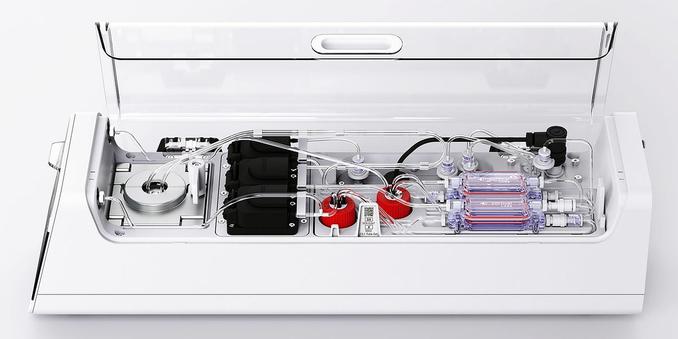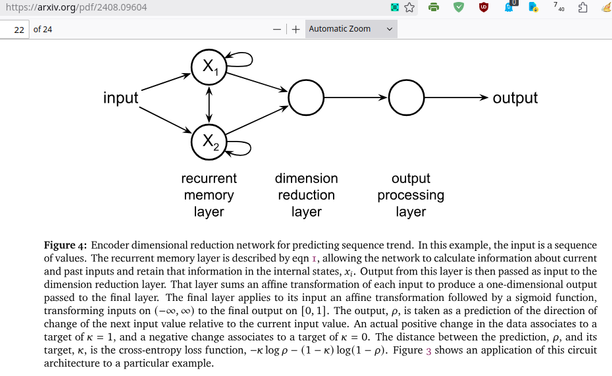You can now rent a hybrid computer made with 800,000 human brain cells for $300/week. That's cheaper than most consultants and probably gives better advice too! 🧠💻
Uses 1000x less energy than AI centers while outperforming equivalent algorithms. The future of computing is literally thinking outside the silicon box.

You Can Now Rent a Flesh Computer Grown In a British Lab - Slashdot
alternative_right shares a report from ScienceAlert: The world's first commercial hybrid of silicon circuitry and human brain cells will soon be available for rent. Marketed for its vast potential in medical research, the biological machine, grown inside a British laboratory, builds on the Pong-pla...


